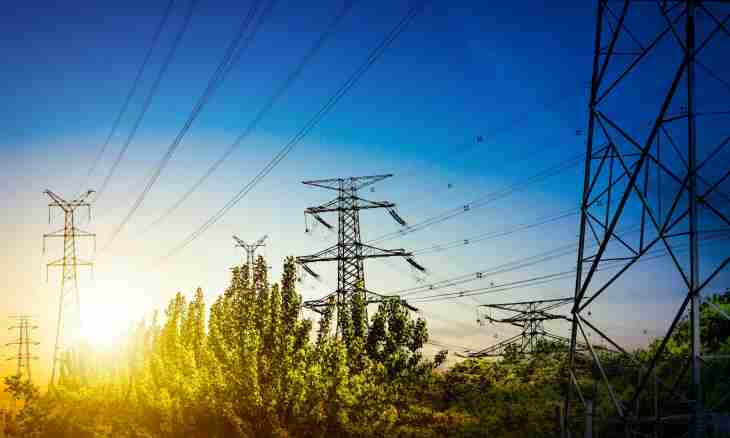Breakdown of air in high-voltage installations - an everyday occurrence. But even the cause of breakdowns between the bared current carrying parts sometimes is unknown to the experienced electricians observing all security measures.
As is well-known from a physics course for the eighth class of high school, electric current call the directed movement of charged particles - electrons. In alternating current mains the electrons make oscillating motions in a body of the conductor with a frequency of 50 times a second.
Conductors and dielectrics
It is natural in order that electric current could appear in a certain material, atoms of the last have to contain the electrons having weak electromagnetic communications with a kernel. Under the influence of external electromagnetic forces they separate, and their place is taken by electrons from the next atoms. Such chain of movements is called as electric current, and material in which it occurs - the conductor.
Division of materials into conductors and dielectrics quite conditionally. The same material under different conditions can show different properties, everything depends on force applied to it. It is called electromotive (EMF), and within the manifestations observed by the person it is called as voltage. That is, the tension on the ends of the conductor is higher, the big strain is experienced by electrons in its structure. Respectively, the probability that electrons will break from the orbitals increases and the directed movement will begin.
Force interfering passing of electric current is called electrical resistance. The more length of the potential conductor, the higher it electrical resistance and the bigger size has to be EMF that electric current appeared. Metals have very low specific resistance, and therefore passing through them almost does not have electric current obstacles. As for a tree, glass or air, their natural resistance is quite high, and therefore current at insufficiently high voltage does not pass through them.
Why punch high-voltage wires
Power lines transfer electric current with very big tension: from dozens to several hundred thousands of volts. Naturally, even at distance in several meters, between wires forces seeking to transfer electrons through an air interval work. Under normal conditions he it does not manage to be made. More precisely, exchange of electrons nevertheless takes place, but current in it is too small for formation of short circuit and emergence of the category. If in steps to increase tension or to reduce resistance of the conductor that happens at the increased humidity of air, switching overloads or emergence of a foreign matter in an interval, the breakout bunch of electrons is formed. If its energy is rather big to beat out not free electrons from oxygen molecules, there will be a heating of both particles and further shift of a charge. At the same time temperature increases to several thousand degrees and between conductors on a short fraction of a second the trunk of the plasma carrying electric current is formed. The outsider can see it in the form of the instant electric discharge called breakdown of an air interval.
